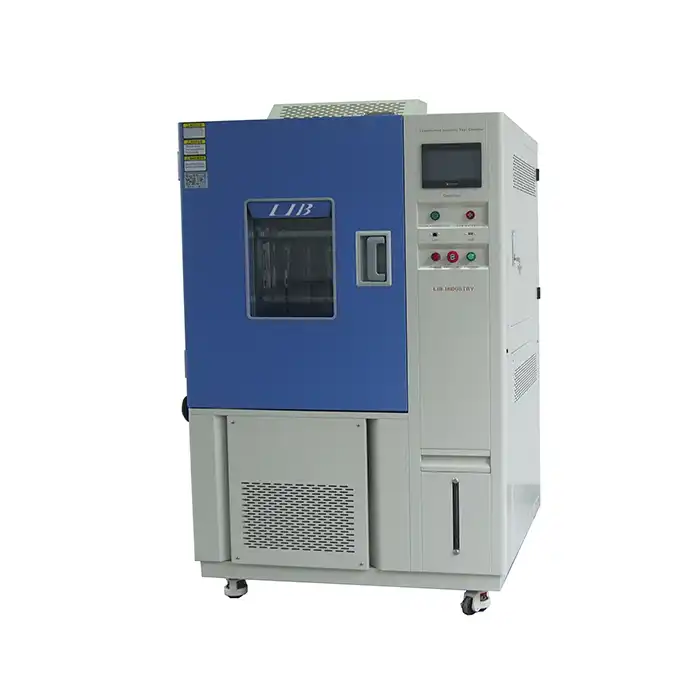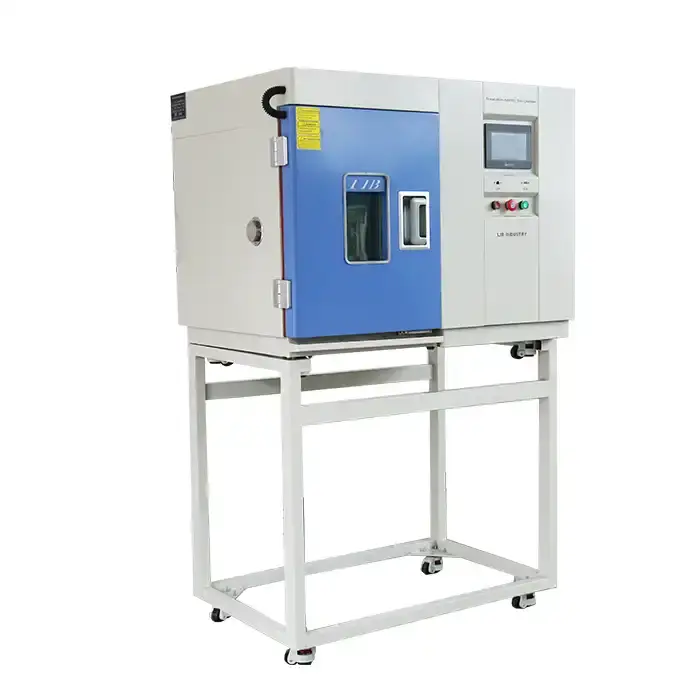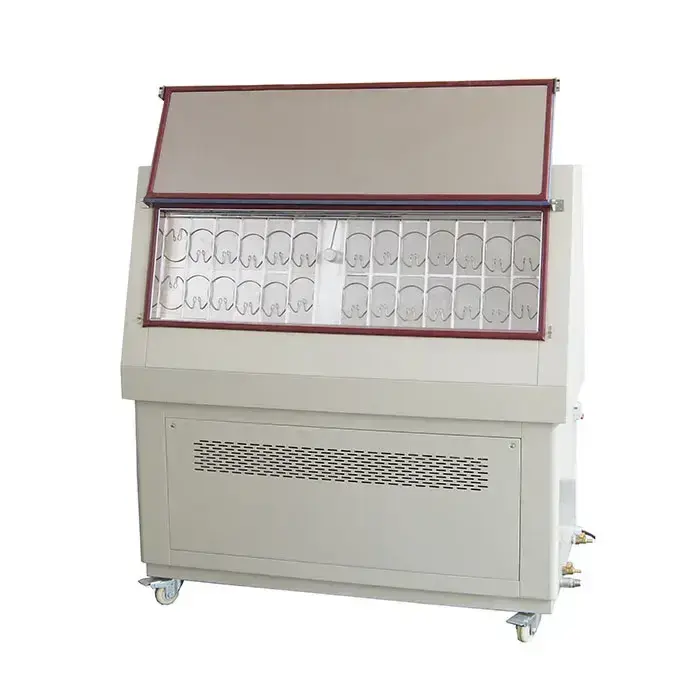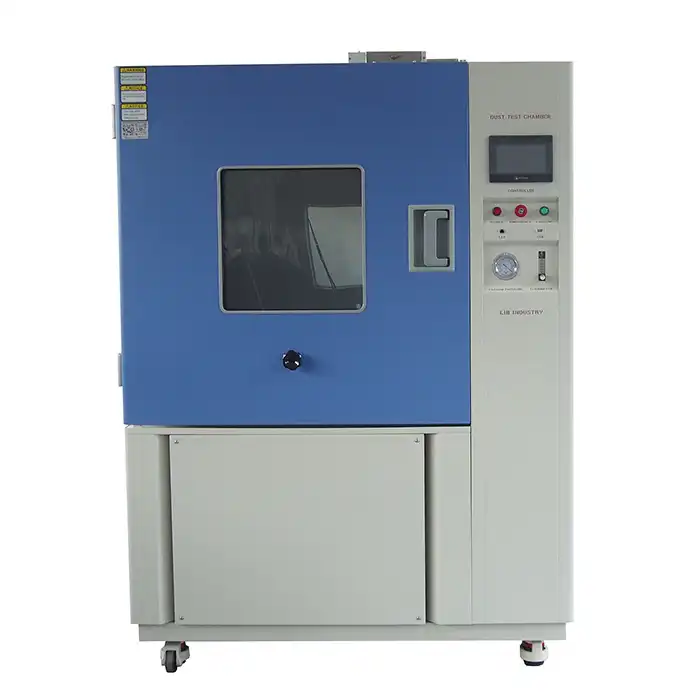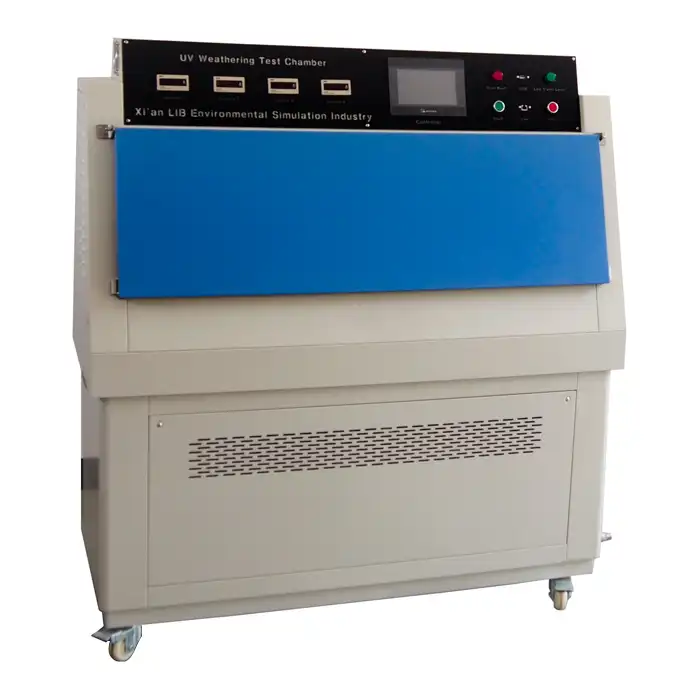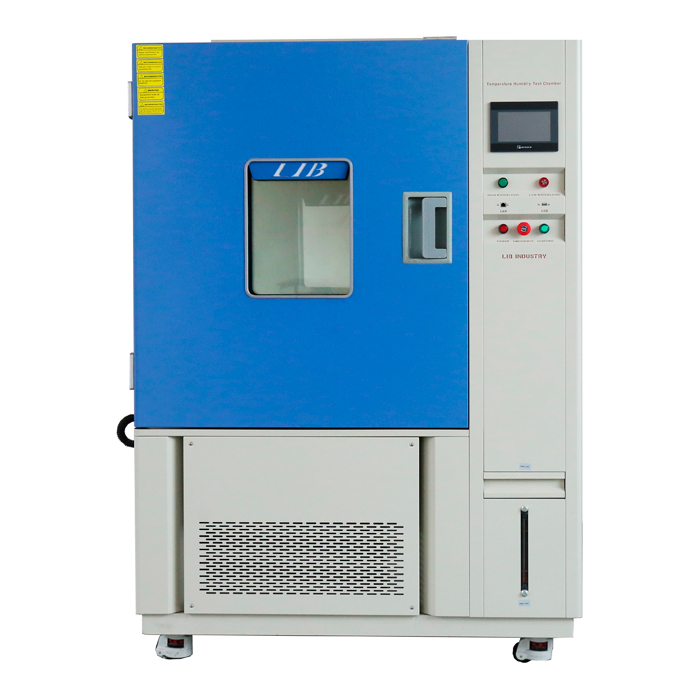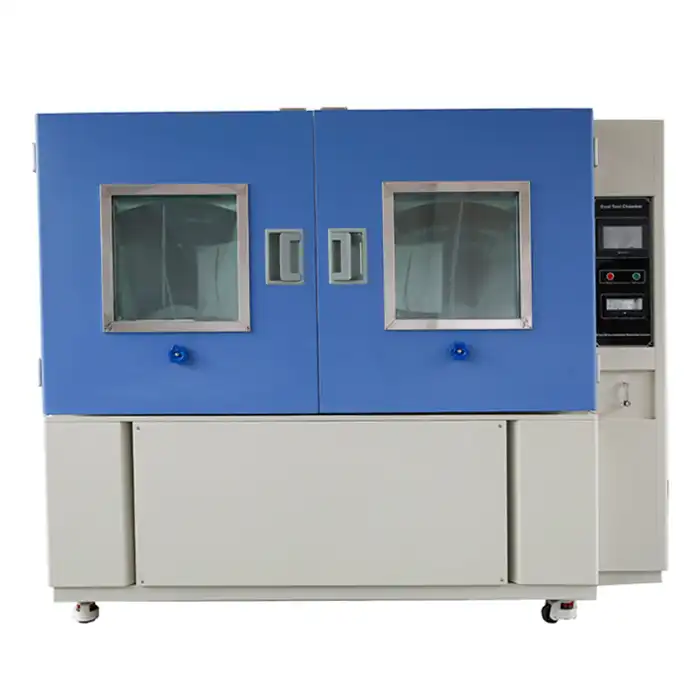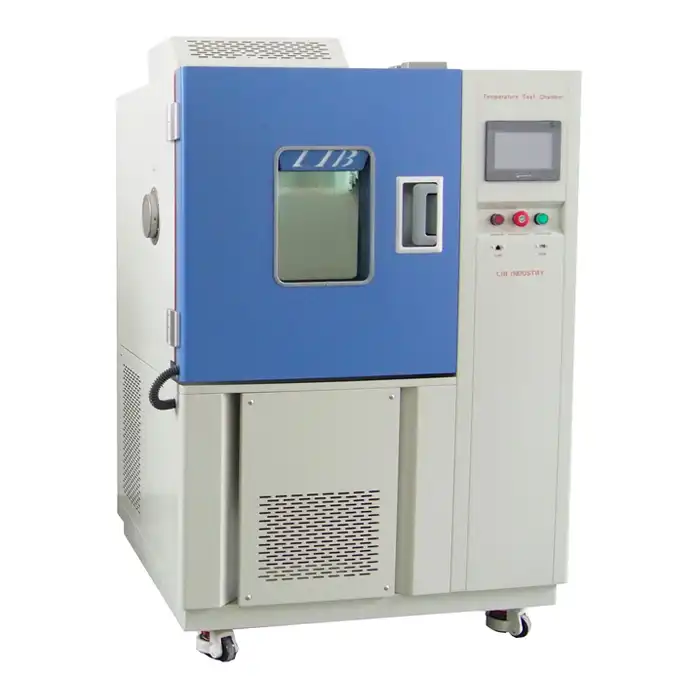How do you control humidity in an environmental chamber?
How Do You Control Humidity in an Environmental Chamber?
Humidity environmental chambers are vital tools in various industries, allowing for precise control over environmental conditions to test the effects of humidity, temperature, and other factors on materials and products. One of the most critical aspects of these chambers is controlling humidity. In this article, we will explore how to manage humidity in an environmental chamber effectively.
Ecological chambers are essential apparatuses across different businesses, offering exact command over natural circumstances to assess how stickiness, temperature, and different elements impact materials and items. Among these variables, stickiness control stands apart as especially basic because of its huge effect on testing results. Here, we investigate viable systems for overseeing mugginess in an ecological chamber:Understanding the Need for Humidity: Start by understanding the particular stickiness levels expected for your testing targets. Choosing the Right Chamber: Pick a natural chamber outfitted with cutting edge mugginess control abilities.
Chambers regularly utilize different components. Testing and Calibration: Consistently align and approve mugginess sensors and control frameworks to guarantee exactness and unwavering quality. Fixing and Protection: Keep up with successful fixing and protection of the chamber to forestall entrance of encompassing air, which can present undesirable moistness changes. Checking and Input Control: Carry out hearty observing frameworks to persistently follow moistness levels inside the chamber.
Stickiness Consistency: Guarantee uniform dispersion of dampness across the whole chamber volume. Lopsided stickiness circulation can prompt conflicting experimental outcomes, compromising the legitimacy of discoveries. By executing these techniques, organizations can really oversee stickiness in natural chambers, guaranteeing exact and solid testing results. This orderly methodology upholds item advancement, quality affirmation endeavors, and administrative consistence across different businesses.
Understanding the Components of a Humidity Environmental Chamber
Key Components
To control humidity in an environmental chamber, it's essential to understand its key components:
Humidity Sensors: These sensors measure the moisture level in the air. Accurate sensors are crucial for maintaining precise humidity levels.
Humidifiers: These devices add moisture to the air when the humidity level is too low. They come in various types, including steam humidifiers and ultrasonic humidifiers.
Dehumidifiers: When the humidity level is too high, dehumidifiers remove excess moisture.
Common types include desiccant dehumidifiers and refrigeration dehumidifiers.
Control System: This system monitors and adjusts the humidity levels based on the readings from the sensors. It ensures the chamber maintains the desired conditions consistently.
Air Circulation System: Proper air circulation helps distribute humidity evenly throughout the chamber, preventing localized areas of high or low humidity.
Importance of Calibration
Regular calibration of humidity environmental chamber sensors is essential to ensure accurate readings.
Inaccurate sensors can lead to improper humidity control, affecting the reliability of your test results.Calibration should be done according to the manufacturer's recommendations or industry standards.
Methods for Maintaining Humidity Stability
Humidification Techniques
Maintaining stable humidity levels requires effective humidification techniques:
Steam Humidifiers: These are widely used due to their ability to produce a large amount of moisture quickly.
They heat water to create steam, which is then released into the chamber.
Ultrasonic Humidifiers: These devices use ultrasonic vibrations to produce a fine mist, which is then dispersed into the air. They are energy-efficient and provide precise humidity control.
Atomizing Humidifiers: These create a mist by forcing water through a nozzle at high pressure. They are effective for achieving high humidity levels quickly.
Dehumidification Techniques
Effective dehumidification is equally important for maintaining stable humidity levels:
Refrigeration Dehumidifiers: These units cool the air to condense and remove moisture. They are effective for maintaining low humidity levels.
Desiccant Dehumidifiers: These use a desiccant material to absorb moisture from the air.
They are particularly useful in low-temperature environments where refrigeration dehumidifiers are less effective.
Airflow Management
Proper airflow management ensures even humidity environmental chamber distribution:
Fans and Blowers: These help circulate air within the chamber, preventing hot or cold spots and ensuring uniform humidity levels.
Air Diffusers: These devices distribute air evenly, avoiding areas with excessive or insufficient humidity.
Troubleshooting Common Humidity Control Issues
Inconsistent Humidity Levels
Inconsistent humidity environmental chamber levels can be caused by several factors:
Sensor Malfunction: Faulty or uncalibrated sensors can provide inaccurate readings, leading to improper humidity control. Regular calibration and maintenance are essential.
Improper Sealing: Leaks in the chamber can allow external air to enter, disrupting humidity levels. Inspect and repair any seals or gaskets that may be compromised.
Inadequate Air Circulation: Poor airflow can cause uneven humidity distribution. Ensure fans and air diffusers are functioning correctly and replace them if necessary.
Excessive Humidity Fluctuations
Excessive fluctuations in humidity levels can affect test results:
Oversized or Undersized Humidifiers/Dehumidifiers: Using equipment that is too large or too small for your chamber can lead to unstable humidity levels. Choose appropriately sized devices for your specific chamber.
Rapid Temperature Changes: Quick temperature shifts can cause humidity to fluctuate. Implement gradual temperature changes to maintain stable humidity levels.
Difficulty Reaching Desired Humidity Levels
If the chamber struggles to reach the desired humidity levels:
Check Water Supply: Ensure that the humidifier has a consistent and adequate water supply. Low water levels can hinder humidification.
Inspect Humidifier and Dehumidifier Functionality: Regular maintenance and cleaning of these devices can prevent malfunctions that affect humidity control.
Evaluate Chamber Size and Equipment Capacity: Ensure that the equipment is suitable for the chamber size. Inadequate capacity can prevent achieving the desired humidity levels.
Conclusion
Controlling humidity environmental chamber in an environmental chamber is crucial for reliable and accurate testing. Understanding the components involved, such as sensors and control systems, and utilizing effective humidification and dehumidification techniques are essential. Addressing common issues like condensation and ensuring proper sealing and insulation further enhances stability. By implementing these strategies, businesses can optimize their environmental chambers to consistently deliver precise and reliable test results across various industries.By mastering humidity control, environmental chambers ensure consistent, precise testing conditions critical for diverse industrial applications.Ensuring stable humidity in environmental chambers is crucial for precise testing across diverse industrial applications. It guarantees accurate testing conditions essential for diverse industrial applications.
Assuming you have any inquiries or need further help with stickiness control in your natural chamber, go ahead and reach us at info@libtestchamber.com.



